What is Hip Bursitis? What Can be Done to Treat it?
What is Hip Bursitis? What Can be Done to Treat it?
Published: October 7, 2019
What is Hip Bursitis? What Can be Done to Treat it?
Hip bursitis can leave you in pain during everyday activities, such as climbing up the stairs or simply going on the occasional jog. Bursitis is a common cause of hip pain and mostly affects those growing into old age. If you are experiencing the symptoms mentioned in this article, you may have hip bursitis, but don’t worry. Our Texas Pain Specialists in San Antonio have the experience and knowledge to help you find the right treatment for your pain. Dr. Raul Martinez and his team of pain specialists can help to determine the most effective, customized hip pain treatment to provide the pain relief you need to return to your everyday activities.
If you’re wondering, “What is Hip Bursitis? What Can be Done to Treat it?” This article will shed light on the causes and symptoms of hip bursitis and what treatments are available to address this source of chronic pain.
Causes of Hip Bursitis
Hip bursitis is often caused by work-related accidents, blunt trauma, or overuse of the hip joints. This overexertion can include climbing, running up the stairs, or standing for long periods of time. Common injuries that cause hip bursitis include falling onto the hip, bumping the hip into an object, or lying on one side of the body for an extended period.
Other causes include:
- Poor posture – Sitting in poor positions can lead to extra strain on the hips. Posture-related conditions like scoliosis can also cause hip bursitis.
- History of chronic illness – People with chronic diseases such as gout, thyroid disease, psoriasis, and rheumatoid arthritis, may be more at risk of developing hip bursitis.
- Bone spurs or calcium deposits – Some people develop bony growths such as bone spurs that can rub against the bursa, resulting in inflammation.
- Stress on soft tissues – If a joint or bone is poorly positioned, such as leg length differences or arthritis, it may be the cause of hip bursitis.
- Previous surgery – Hip surgery, such as a hip replacement, can contribute to hip bursitis. 3 to 17% of people who have had hip replacements have hip bursitis.
Some of the symptoms of Hip Bursitis Include
- Pain when you press in or on the outside of the hip
- Pain that gets worse during certain activities, such as getting out
of a deep chair or walking upstairs - Pain on the outside of the hip and thigh or in the buttock
- Pain when lying on the affected side
Diagnosis
Our pain management consultants at the office of Dr. Raul Martinez will be able to determine whether or not you’re affected by hip bursitis by performing an initial physical examination of the hip, feeling for tenderness close to where the bursa is most likely to be.
X-rays, bone density scans, and MRIs may be recommended for additional checks for abnormalities associated with the bursa. Our Texas pain specialists will consider the symptoms and rule out any other similar conditions. Sometimes hip bursitis can be confused with osteoarthritis, snapping hip syndrome, or fibromyalgia.
What Can be Done to Treat Hip Bursitis?
Hip bursitis occurs when the trochanteric bursa is irritated or swollen. The trochanteric bursa is found on the outside of the femur, which acts as a cushion for the iliotibial band. The common areas for bursitis to occur are hips, elbows, and shoulders. To get relief for your hip pain, it is important to know what kinds of hip pain treatments are available to you.
This painful hip condition can be helped by:
- Self care programs
- Steroid injections
- Physical therapy
- Temporary use of a cane or crutches
If the pain persists despite these options, there are surgical options as well.
To help prevent hip bursitis, it is important to warm up properly before vigorous activity, using appropriate lifting and carrying techniques for heavy objects, and avoid being in seated positions for long periods of time.
Consult with the Texas Pain Specialists
If any of these symptoms ring true to you, contact our Pain management consultants in San Antonio. Dr. Raul Martinez and his skilled staff have years of experience and the training to identify hip bursitis. We also offer a variety of treatments to ensure that your unique needs are met.
To learn more about hip bursitis and what options are available to you, check out our treatment education resources page, which addresses chronic and acute pain problem areas. Pain is inevitable, but suffering is optional. Schedule an appointment with us today.
[rev_slider alias=”blogbutton2″][/rev_slider]


